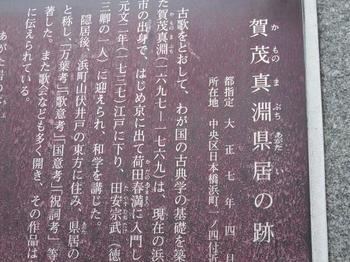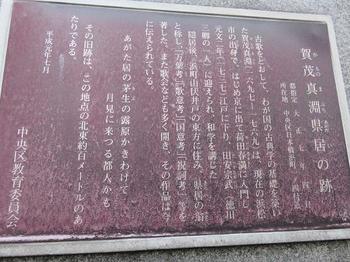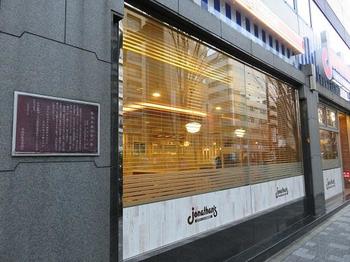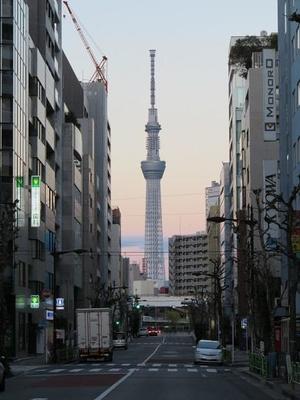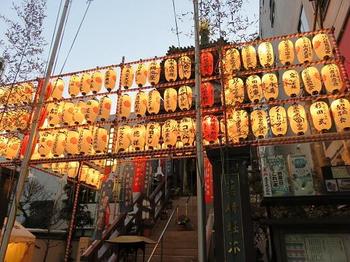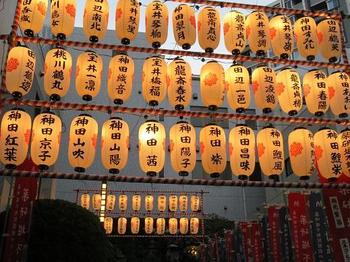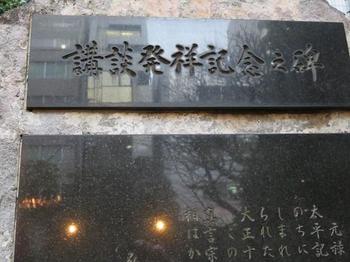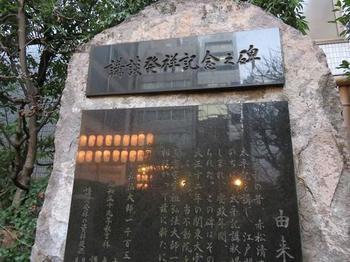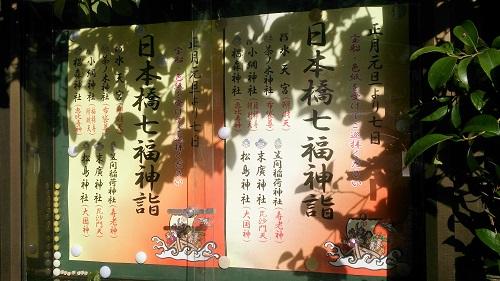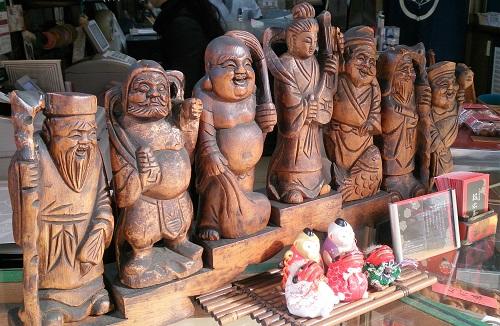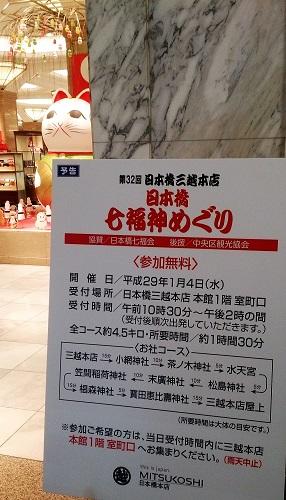If you look at the flames in the field of the east (Himugashi) and look at it, you will see the moon inclination.
![]()
![]()
![]()
This is a famous song by Hitomaro Kakinomotono, which is included in Makiichi Manyoshu (48), and I have recently discovered an interesting description about this song.![]()
![]()
![]()
![]()
If you ask, "Who did you write this song?", It should usually be "Sorry, Hitomaro Kakinomotono", but in fact it can't be said.![]()
What do you mean?![]()
Manyoshu is written in Manyo kana, and this song is written in 14 kanji characters, "Higashino Shochimijita Tsukinishitari", and Manyoshu has no clue as to what it reads in Japanese.![]()
It was Kamono Mabuchi who read this as "Higashino ...", and until then it was read as "Azumanokebrinotathertokoromiteka Henemis Lebatsuki Katabukinu". The oldest record is a copy of the last year of the Heian period, the first year of the lunar calendar (1184).![]()
In the end, Hitomaro Kakinomotono decided to write such a song (Higashino ...) that was more![]() than a thousand years old than Maro, Kamono Mabuchi in the middle of the Edo period
than a thousand years old than Maro, Kamono Mabuchi in the middle of the Edo period![]() ~~
~~
It is said that the reading of Kamono Mabuchi is "bold" or "reckless", but it is said that Mabuchi's reading was established because he was so influential.
In fact, "Higashino ..." is stronger, and I feel like Manyoshu![]() .
.![]()
By the way, the above source is Toshio Takashima's "Kanji Talk" (Kodansha Hyundai Shinsho), and Professor Takashima quotes Yoshio Shiraishi's "The Mystery of Ancient Words" (Nakakou Shinsho).
Kamono Mabuchi is a national scholar who studied classics centered on Manyoshu, and is known as his main books such as "Manyo Thinking", "Singing Thinking", "National Thinking", and "Congratulations".![]()
It seems that Mabuchi's residence was located in Hisamatsucho, Chuo-ku. At present, there is a plate showing the trace of Kamono Mabuchi Prefecture residence on the wall of the Jonathan Nihonbashihamacho store located near the Hisamatsucho intersection![]() facing Kiyosubashi-dori.
facing Kiyosubashi-dori.![]()
According to the explanation on the plate, the real address is about 100 meters northeast of here.![]()
I could see the Tokyo Sky Tree beautifully from a nearby street.![]()
![]()
![]()
![]()
![]()
![]()
![]()
![]()
![]()
